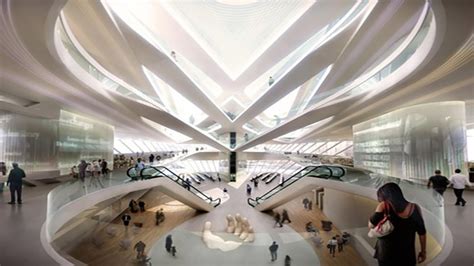Libraries Adapting to the Future
Over the centuries, libraries have adapted to their community needs in numerous ways. A recent article in LibraryJournal magazine by Jessica Levine illustrates how the recent changes in the international communities have impacted what is needed from libraries. Changes in the internal architecture, in particular, are vital to libraries’ continued relevance and usefulness. As quoted in the article, “Today’s library is so many things,” says Jennifer Charzewski, principal at the Charleston-based architecture firm Liollio. “It’s a library as a gathering place, as a museum, as a park, as a school, as a community center.” So, library designers are prioritizing flexibility for unforeseen future functions as they embark on both new builds and renovations.” The additional demands on the libraries also create the need for atypical uses. One library in Spokane refurbished all of its branches and created a library of things instead of books. From DVD players to ukeleles and tools, patrons could get what they needed, use it, then bring it back. People don’t need only books and articles, so making items available to patrons is novel (pun intended). As the future unfurls before us like a massive sail pulling us ever forward in the winds of change, libraries will find they must adapt.
An architectural firm, Grimm + Parker Architects, has designed several civic buildings in the Maryland area. Antonio Rebelo, a partner and director of design, stated, “co-location is a major trend in library design. “The majority of the libraries we’ve done recently have been co‑located—sharing a lobby with a senior center, a recreation center, or a daycare,” he says, pointing out that multigenerational civic buildings can double door counts. “We did one that is a recreation center, senior center, and library combined. You see entire families going in there. There’s a cafe that unifies everything in the lobby.” Reimagining libraries to be a more inclusive and cohesive part of other community buildings is practical and revolutionary. Even libraries with limited resources can change the internal organization by reimagining the layouts and revising policies to make access easier.
By Gretchen Hendrick Gardella, MLIS
Gretchen Hendrick Gardella is a Librarian with administrative, research, and vast technical skills. Ms. Gardella brings over 16 years of experience working in academic and public libraries to the discussion.



